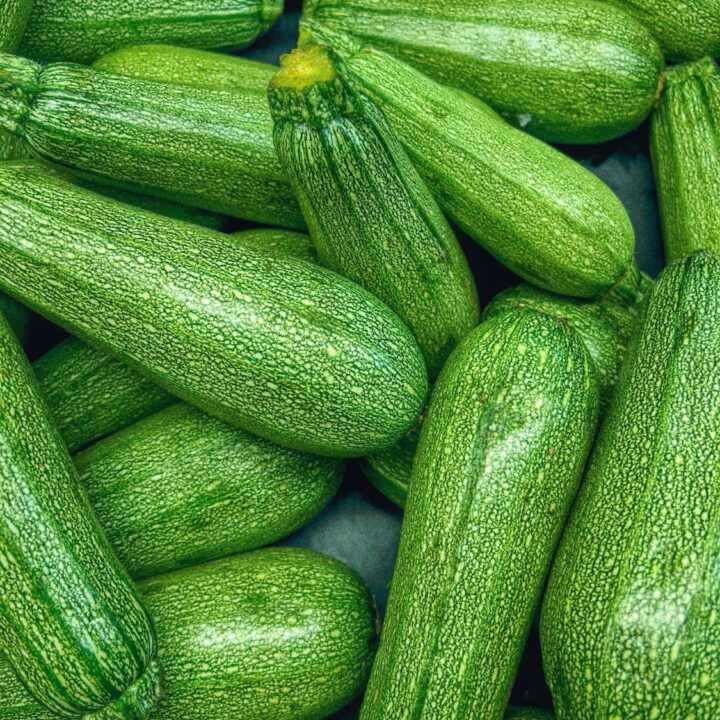Zucchinis are a popular summer squash that is known for its versatility in the kitchen. They are great in salads, stir-fries, pasta dishes, and even desserts. However, zucchinis are also notorious for their space requirements, often requiring a large garden plot to grow successfully. But what if you live in an apartment or don’t have access to an outdoor garden? Can you still grow zucchinis? The answer is yes! In this article, we’ll show you how to grow zucchinis indoors.
Table of Contents
Why Grow Zucchinis Indoors?
There are several reasons why you might want to grow zucchinis indoors. First, indoor gardening allows you to grow your own fresh produce regardless of the time of year or weather conditions. Second, zucchinis are a prolific plant, and growing them indoors can help you maximize your space and yield. Third, growing zucchinis indoors allows you to have more control over the growing environment, which can help you avoid common garden problems like pests and diseases.
Varieties of Zucchinis
Zucchinis come in many different varieties, each with its own unique characteristics. Some popular types of zucchinis include the classic green zucchini, which is cylindrical in shape with a slightly curved stem, and the yellow zucchini, which is similar in shape but has a bright yellow skin. Other varieties include the round zucchini, which is a squat, spherical shape, and the tromboncino zucchini, which has a long, curved shape similar to a trombone. There are also heirloom varieties like Costata Romanesco, which has a ribbed, dark green skin and a nutty flavour, and the Lebanese zucchini, which is thin and elongated with a delicate flavour. Whether you’re looking for a classic zucchini or something more unusual, there is a type of zucchini to suit every taste and recipe.
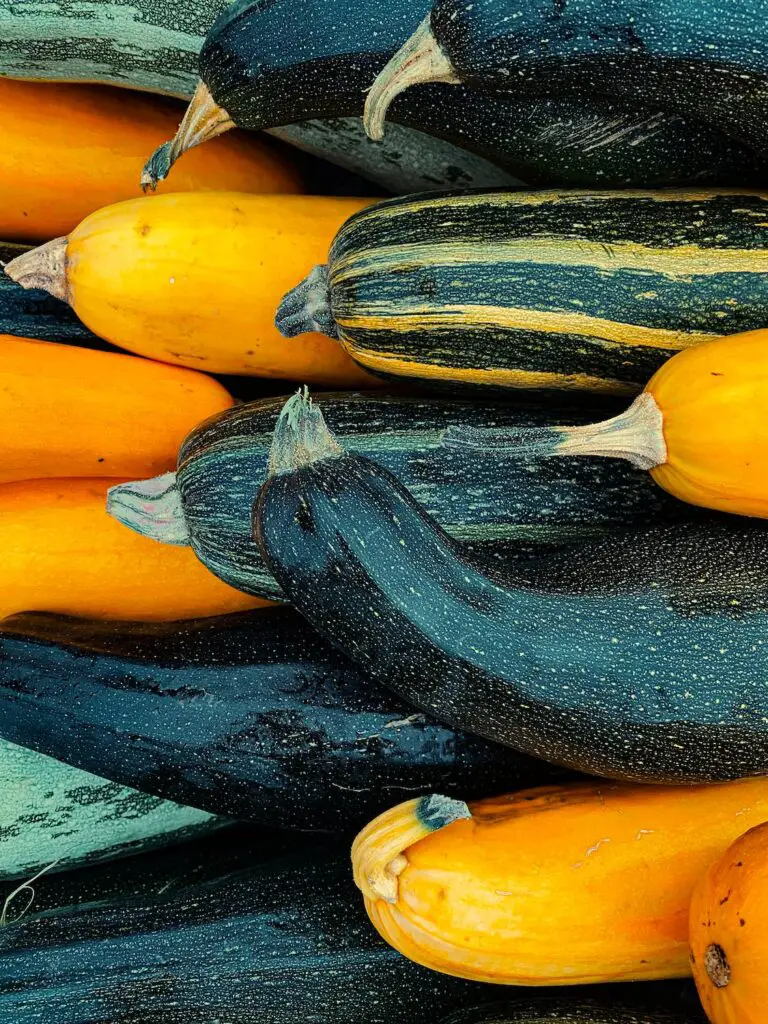
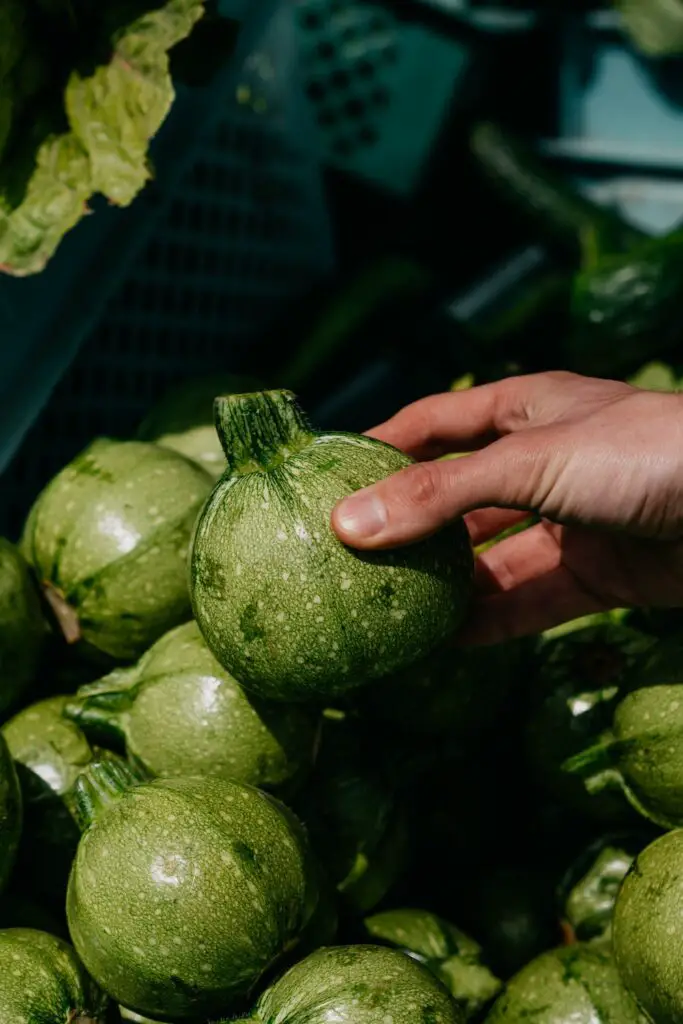

Getting Started
Before you start growing zucchinis indoors, you’ll need to gather some supplies. Here’s what you’ll need:
- A large container: Zucchinis need a lot of room to grow, so choose a container that is at least 24 inches (60 centimetres) in diameter and 18 inches (45 centimetres) deep. You can use a plastic or ceramic pot, or even a large bucket.
- Soil: Choose a high-quality potting mix that is rich in organic matter and has good drainage.
- Zucchini seeds: You can purchase zucchini seeds online or at your local garden center. Choose a variety that is well-suited for container gardening, such as ‘Astia’ or ‘Bush Baby.’
- Fertiliser: Zucchinis are heavy feeders, so you’ll need to fertilise regularly. Choose a balanced fertilizer that is high in nitrogen, such as a 10-10-10 or 20-20-20 formula.
- Grow lights: Zucchinis need at least 6-8 hours of direct sunlight each day, so you’ll need to provide additional lighting if you’re growing them indoors. LED grow lights are a good option.
Planting Your Zucchinis
Once you have your supplies, you’re ready to start planting your zucchinis. Here’s how:
Fill your container with potting mix, leaving about 2 inches (5 centimetres) of space at the top.
Plant your zucchini seeds according to the instructions on the packet. Generally, you’ll want to plant them about 1 inch deep (2.5 centimetres) and 3 inches (7 centimetres) apart.
Water the soil well and cover the container with plastic wrap to create a greenhouse effect. This will help keep the soil moist and warm while the seeds germinate.
- Place the container in a warm, sunny location or under your grow lights. Once the seeds have germinated and the plants have started to grow, remove the plastic wrap.
- When your zucchini plants are about 3-4 inches tall (7-10 centimetres), thin them out so that there is one plant per 24-inch (60 centimetres) container. This will give the plant enough room to grow and produce fruit.
- Fertilise your zucchini plants every two weeks with a balanced fertiliser. Follow the instructions on the package for the appropriate amount.
- Water your zucchini plants regularly, making sure the soil stays moist but not waterlogged.
- As your zucchini plants grow, you may need to provide support by staking or trellising them.
Maintaining Zucchinis
Maintaining zucchinis is important to ensure a healthy and productive crop. Here are a few tips to help you keep your zucchini plants healthy and thriving. Firstly, water the plants regularly and deeply, making sure the soil is evenly moist but not waterlogged. Secondly, fertilise the plants every few weeks with a balanced fertiliser to ensure they have the nutrients they need to grow. Thirdly, prune the plants regularly to remove any dead or diseased leaves, which can help prevent the spread of pests and diseases. Finally, watch out for any signs of pests or diseases and take action immediately to prevent them from spreading. By following these simple steps, you can help ensure a bountiful harvest of healthy and delicious zucchinis.
Managing yellowing Zucchinis
If your zucchinis are turning yellow prematurely, it could be a sign of several different issues. One common cause is over-watering, which can cause the roots to become waterlogged and lead to yellowing and wilting of the leaves and fruit. To fix this, make sure the soil is well-drained and reduce watering if necessary. Another cause could be a lack of nutrients in the soil, such as nitrogen, which can be remedied by fertilising the plants with a balanced fertiliser. Finally, if your zucchinis are getting too much direct sunlight or heat, this can cause yellowing and sunscald. Consider providing some shade for the plants during the hottest part of the day or moving them to a location with more moderate temperatures. By identifying and addressing the underlying cause of yellowing zucchinis, you can help ensure a healthy and productive harvest.
Pest control for Zucchinis
Zucchinis can be susceptible to a variety of pests, including squash bugs, cucumber beetles, and aphids. To control these pests, start by regularly inspecting your plants for signs of infestation, such as yellowing leaves, wilting stems, or visible insects. You can manually remove pests and their eggs by hand, using gloves if necessary. Another effective method is to use insecticidal soap or neem oil, which can be sprayed directly onto the plants to kill insects and their eggs. Additionally, planting companion plants such as marigolds, nasturtiums, and herbs like basil and oregano can help repel pests naturally. It’s also important to practice good garden hygiene by removing any plant debris and weeds from the garden, which can harbor pests and diseases. By using a combination of these methods, you can help keep your zucchini plants healthy and free from pests.
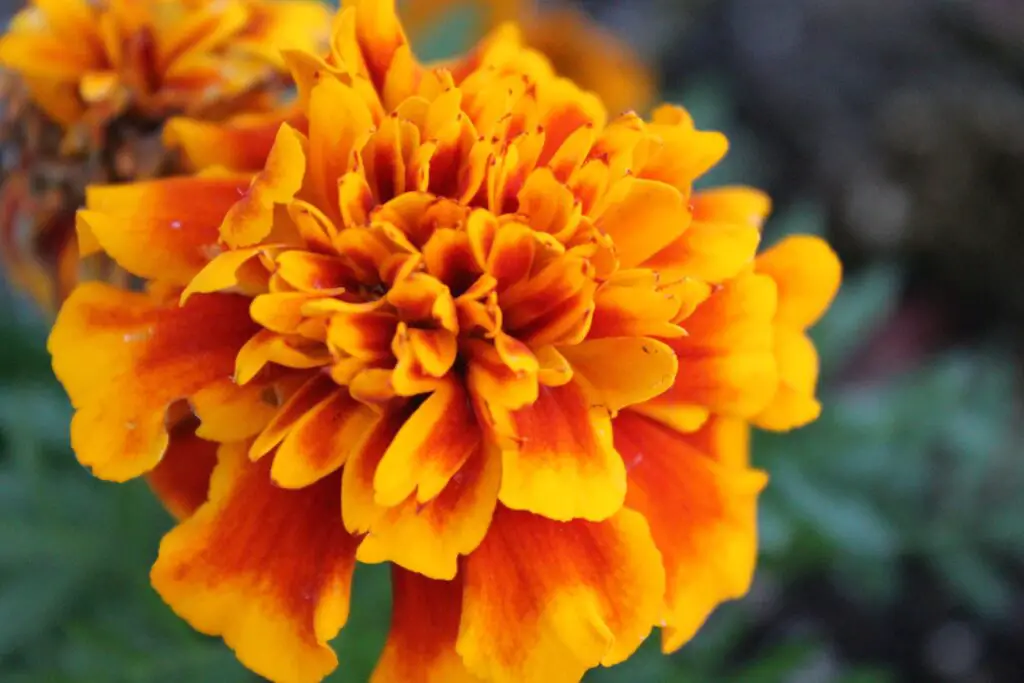
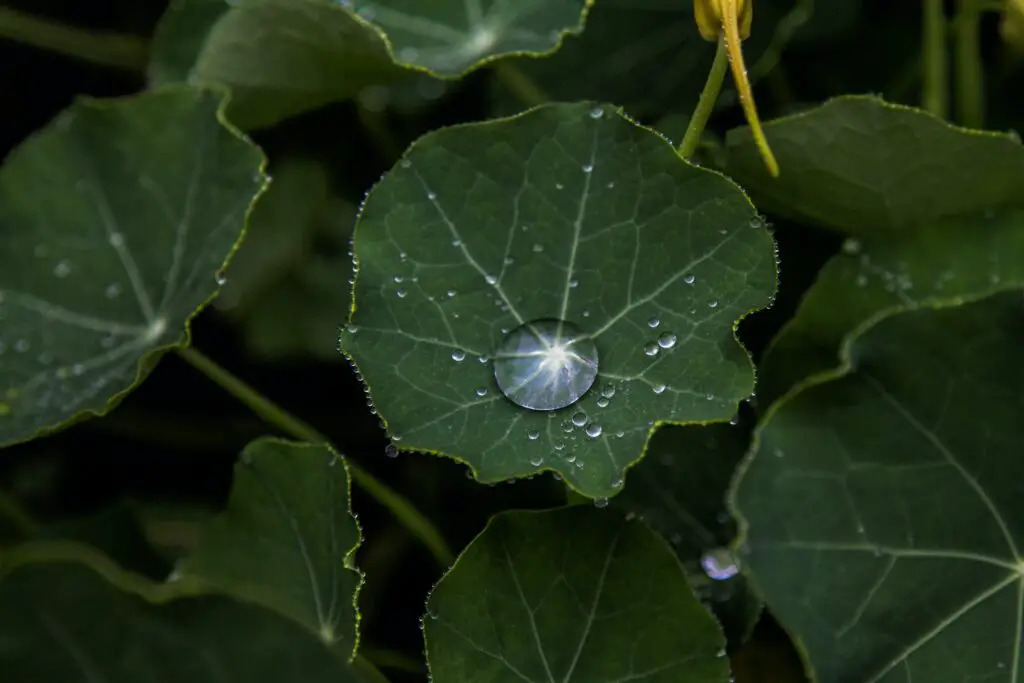
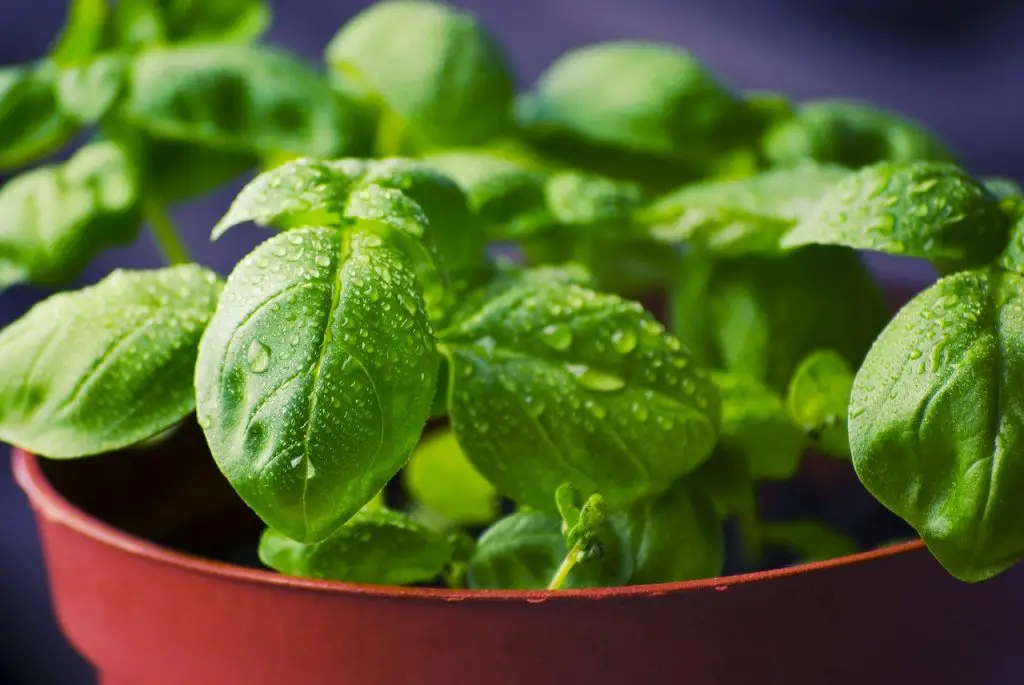

Harvesting Your Zucchinis
Zucchinis are ready to harvest when they are about 6-8 inches long (15-20 centimetres) and have a shiny skin. If you wait too long to harvest, the zucchini will become tough and woody, and the seeds will start to develop. Regular harvesting will also encourage the plant to produce more fruit.
How to Harvest Zucchinis
Use a sharp knife or scissors to cut the zucchini from the plant. Make sure to cut the stem close to the fruit, without damaging the plant. Don’t pull or twist the zucchini, as this can damage the plant and reduce future yields. If you see any small, undeveloped zucchinis on the plant, remove them to encourage the plant to focus its energy on producing larger fruit.
Storing Zucchinis
If you’re not planning on using your zucchinis right away, store them in the refrigerator. Place them in a plastic bag and keep them in the crisper drawer. Zucchinis can last up to a week in the refrigerator. If you have an excess of zucchinis, you can also freeze them for later use. To freeze zucchinis, wash and cut them into slices or cubes. Blanch them in boiling water for 1-2 minutes, then immediately transfer them to an ice bath to stop the cooking process. Drain the zucchinis and store them in freezer bags or containers. They will last up to 8 months in the freezer. With proper harvesting and storage techniques, you can enjoy the bounty of your zucchini plants for months to come.
Conclusion
Zucchinis are a delicious and versatile vegetable that can be enjoyed in a variety of dishes, from stir-fries and salads to baked goods and pasta dishes. Whether you’re growing zucchinis in your garden or picking them up from the grocery store, it’s important to know how to maintain them to ensure a healthy and bountiful harvest. From regular watering and fertilising to pruning and pest control, taking care of your zucchini plants can help ensure a productive and delicious growing season. By following these tips and techniques, you can enjoy the many benefits of zucchinis all year round.

